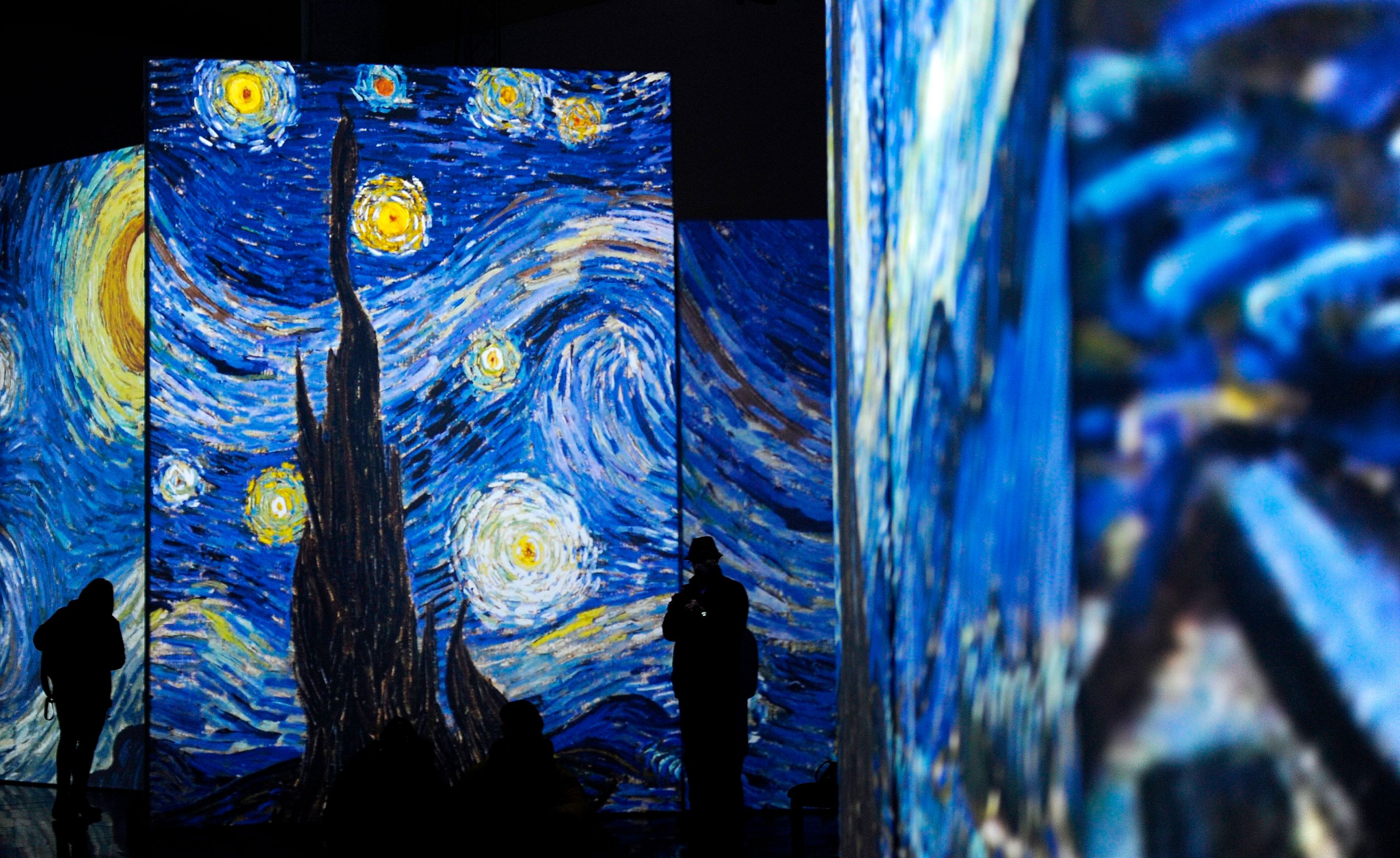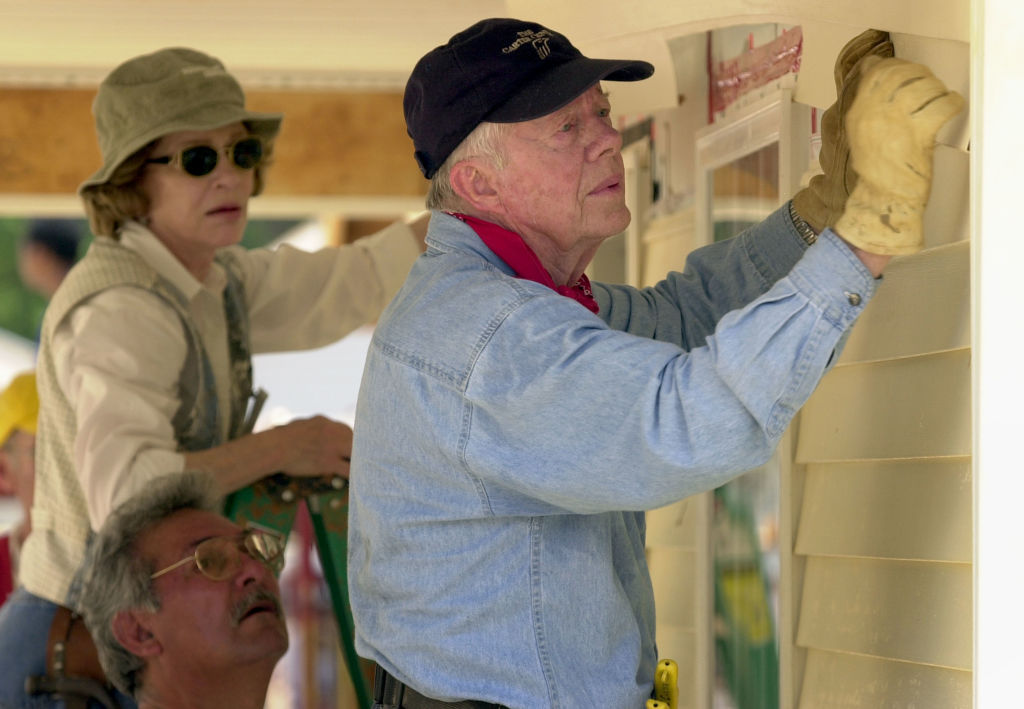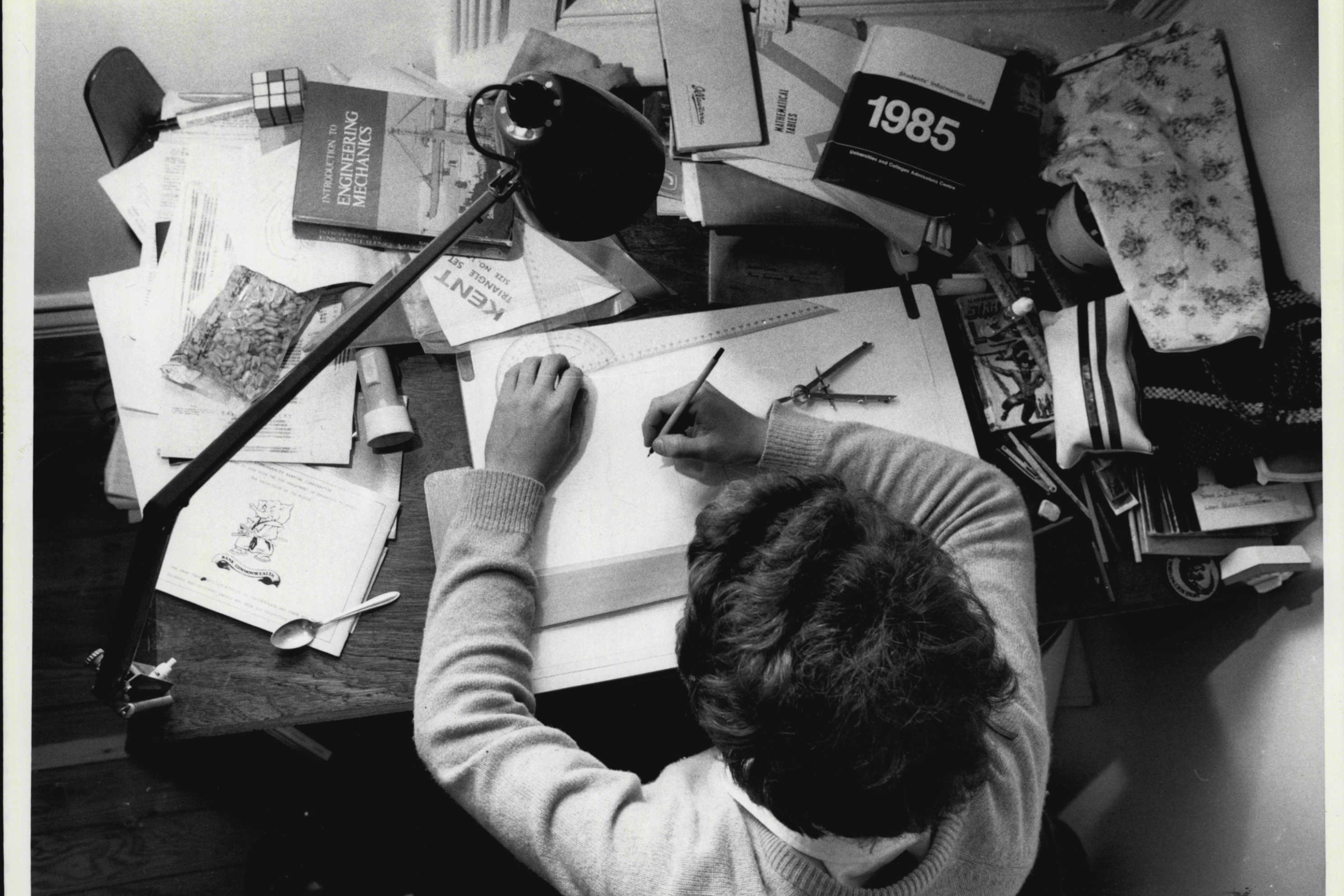In 2017, I agreed to go with some friends to the big, sexy exhibition at the Hirshhorn Museum and Sculpture Garden. I love to go to museums, and I especially like to go to the Smithsonian Museums because they are free and have a lot of really good, interestingly curated exhibitions. But I did not particularly want to see Yayoi Kusama’s Infinity Mirror Rooms. The exhibition had been up for a little over three weeks by the time I went and I felt like I had already seen everything it had to offer. I had seen it on my Instagram feed: the light-up pumpkins, the sticker room, the lanterns suspended inside mirrored spaces. But I went because it was something to do.
Kusama's art is not for me. I don't enjoy repetition in installation art, and I don't love pop style colors and creations. But the infinity rooms were interesting on some level. They aren't big rooms, they are cubes. You peer into them through little windows and you see this small universe where everything is mirrored and enchanting and strange. What's also interesting about them is that the mirrors reflect the person whose head is peeking into this strange box, trying to absorb whatever feeling or beauty or terror lives within. I could see, for example, when my friends looked into the boxes, their eyes grew larger, the delight and surprise of approaching a big box and finding inside it a whole other world.
I am thinking about the Infinite Mirror Rooms because yesterday Bloomberg's Kriston Capps reported on a brand new interactive fine art phenomenon: immersive Van Gogh experiences. If you don't know what these are, they are essentially big abandoned buildings that instead of becoming Spirit Halloweens, buy a bunch of projectors and display Van Gogh's paintings (which are public domain at this point) on the walls and floors and ceilings. Bloomberg theorizes that this trend stems from an eye-rolling scene in the Netflix sitcom Emily in Paris, where the protagonist goes to one of these experiences. Since then, the story reports:
"At least five companies — including, controversially, one major museum — have stepped up with immersive exhibits based on the life and work of the famous Dutch painter. Nearly 40 different Van Gogh rooms have opened (or will soon) across the U.S. so far. The phenomenon may not wind down until every man, woman and child in the U.S. has been inundated by very large pictures of very many much smaller pictures."
Bloomberg
This trend, as you may have guessed, is about money. It is profitable to project a bunch of work by a beloved artist at giant scale and charge people $28 to see it. Capitalism does not breed innovation, but the duplication of a dozen versions of the same idea until the market for that idea is depleted as quickly as possible. There's a pivot, midway through this piece, though, that I find very interesting. Not only is this happening in former Best Buys across the country, it is happening in one (1) museum.
Newfields (formerly the Indianapolis Museum of Art) removed an entire floor of artworks to build a theater inspired by “Emily in Paris.”
— ◥◤Kriston Capps (@kristoncapps) September 14, 2021
People donated money and artworks to this museum—over decades!—only for its leaders to dismantle it to chase the ‘gram https://t.co/Iz8GDZG6G8
Newfields (formerly the Indianapolis Museum of Art) has dedicated an entire floor to a Van Gogh experience. Now, there are parts of this criticism we can ignore. People do not donate money and art to museums out of the goodness of their hearts. They do it because it's a tax write-off and a fashionable one among people who should be taxed much more than they currently are. Rich people, as I have written before, have been controlling, secluding, and driving up the price of art forever. It is to me a tragedy and a poor reflection on humanity that people have to pay money and get an appointment to see Bernini's The Rape of Prosperina or Michelangelo's Sistine Chapel or Faith Ringgold's Who's Afraid of Aunt Jemima, each of which are held in private, expensive-to-visit collections.
"It might be hard for traditional art museums to resist the temptation of hosting rotating digital displays that rake in the dollars over the slower work of cultivating a community’s love of analog painting," the Bloomberg story posits, but this—to me—is the problem with the gut reaction to these kinds of artistic interactive experiences. There is an impulse to claim that these experiences "aren't real art" and "dilute the artist's intent," as if anyone could define either of those things. There's a kind of reductive stance that the only people who visit these are influencers who need to twist their arm, just so, in order to get the perfect photo for the 'gram. There's a gut reaction that this is stupid and people are dumb and this is not how Van Gogh is meant to be seen. That reaction irritates me.
The Bloomberg article explains that at the Newfields exhibit the projected room is followed by three real Impressionist paintings. "But it’s a trick! Only one of the artworks is by Van Gogh; the other two paintings are simply yellow," Capps writes.
Now I do not want to give Newfields too much credit for an exhibition I have not and will not see, but isn't the inclusion of two other artists whose work is similar to Van Gogh's "the slower work of cultivating a community's love of analog painting"? Does not seeing a real, textured, vibrant painting in front of you after staring at a screen feel different? It is not all that dissimilar a decision from the ones made by the curators of the Van Gogh Museum in Amsterdam, which includes not only Van Gogh's work but work by the artists who inspired him, his contemporaries, and the artists who came after him. By positioning Van Gogh with other artists, there is an opportunity for those attendees to reach forward for something else.
A projected image of a painting you've heard of, after all, is a much more accessible way to interact with fine art than to go to a museum, so quiet and overwhelming, alone. The art world has been building barriers to entry since the Renaissance. Art is for rich people, they want you to believe. Art is hard to understand. Art is only standing silently in front in of a painting, absorbing what it projects, and learning the complex vocabulary to talk about it with other fancy art people. But that's not what art is.
I used to go to the museum near my house on my lunch break sometimes to see a single painting instead of a screen. Often, when I went, there would be schoolchildren there. "Look at these paintings," a curator would say to them, "and stand under the one you like best." They would. Then she would ask each of them why they chose that one and—in so many words—they would describe the formal elements and principles of art. They liked how bright it was, the colors, this one shape, the emptiness, the feeling, that no one else liked it but them. In art school they teach you to say the same thing but with the vocabulary that creates a wall between you and everyone else.
All of this is to say that people innately know how to react to art because it is made by other people. A piece that elicits no reaction in you or no interest isn't a failure on your part. It's just not for you. But anything that fills you with wonder, that creates a pit in your stomach, that shows you something you haven't seen before, is art. And for some people, this Van Gogh experience will be that. After the Kusama exhibition a few of my friends who previously refused to go to museums with me, came. They loved the Kusama. We all (even me) posted pictures of ourselves at the exhibition to Instagram. But that wasn't the end point. My friends wanted to see what else they could love. A little bit of wonder can go a long way.
The problem with these Van Gogh experiences, to me, isn't that they exist, or that people will take pictures there, or even that it potentially could take the place of an actual painting in the museum. The problem is that when art is only valued for the return on investment available from ticket sales, we continue the centuries-old standard that art is only as good as the money it can make. The problem is that the goals of art and the goals of money-making do not and cannot intersect harmoniously.
The same thing that is happening to journalism, to restaurants, to bookstores to Hollywood, to everything beautiful and interesting in this country, is happening to art. Jobs are disappearing. Venture Capital funds are getting involved. In early 2020, 1,350 jobs were cut at American museums. What was barely profitable is now being gutted with the goal of creating something that will make one person rich right now. This is the problem with the Van Gogh Experience: its goal is not education or inspiration or wonder. Its goal is infinite, guaranteed profit. You don't need a curator to project a painting on a wall. Hell, you don't even need to pay for the right to do that.
“It’s a new genre,” Corey Ross, president of Toronto-based Lighthouse Immersive and one of the producers behind Immersive Van Gogh told Bloomberg. “It’s not specifically an art exhibition as you would experience it in a museum, with the curatorial support that a museum would have.”
The problem is that the safety net for museums and art exhibitions does not exist, and that the system we have devised runs the risk of destroying them all together. The problem is that Immersive Van Gogh has sold 3.2 million tickets on Ticketmaster, and that money does not go back into the industry. It does not pay curators. It does not pay the Van Gogh estate. It does not participate in the greater art community of the cities it is popping up in. The problem is that the Immersive Van Gogh experience will survive, and the rest of the industry may not.





